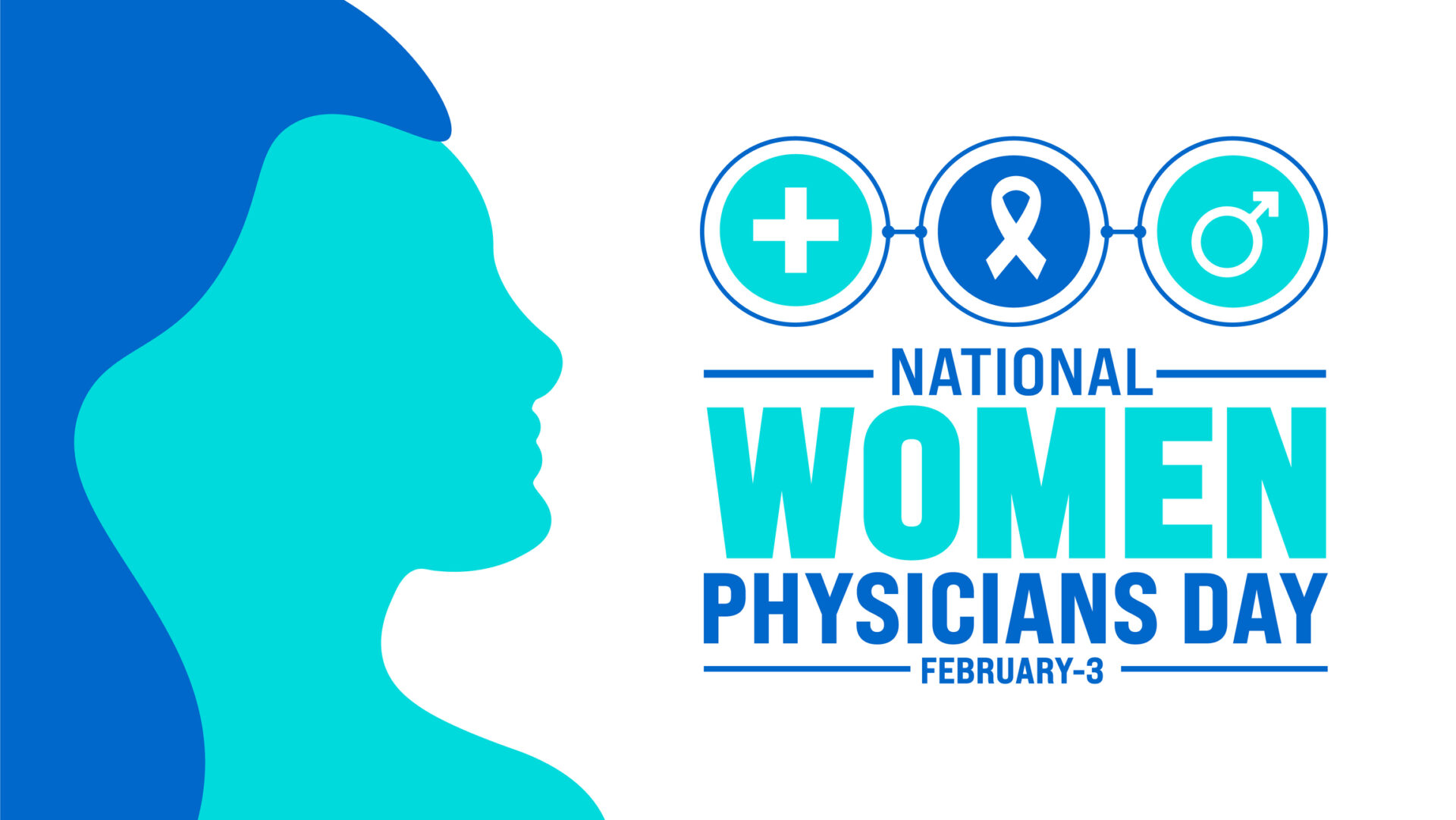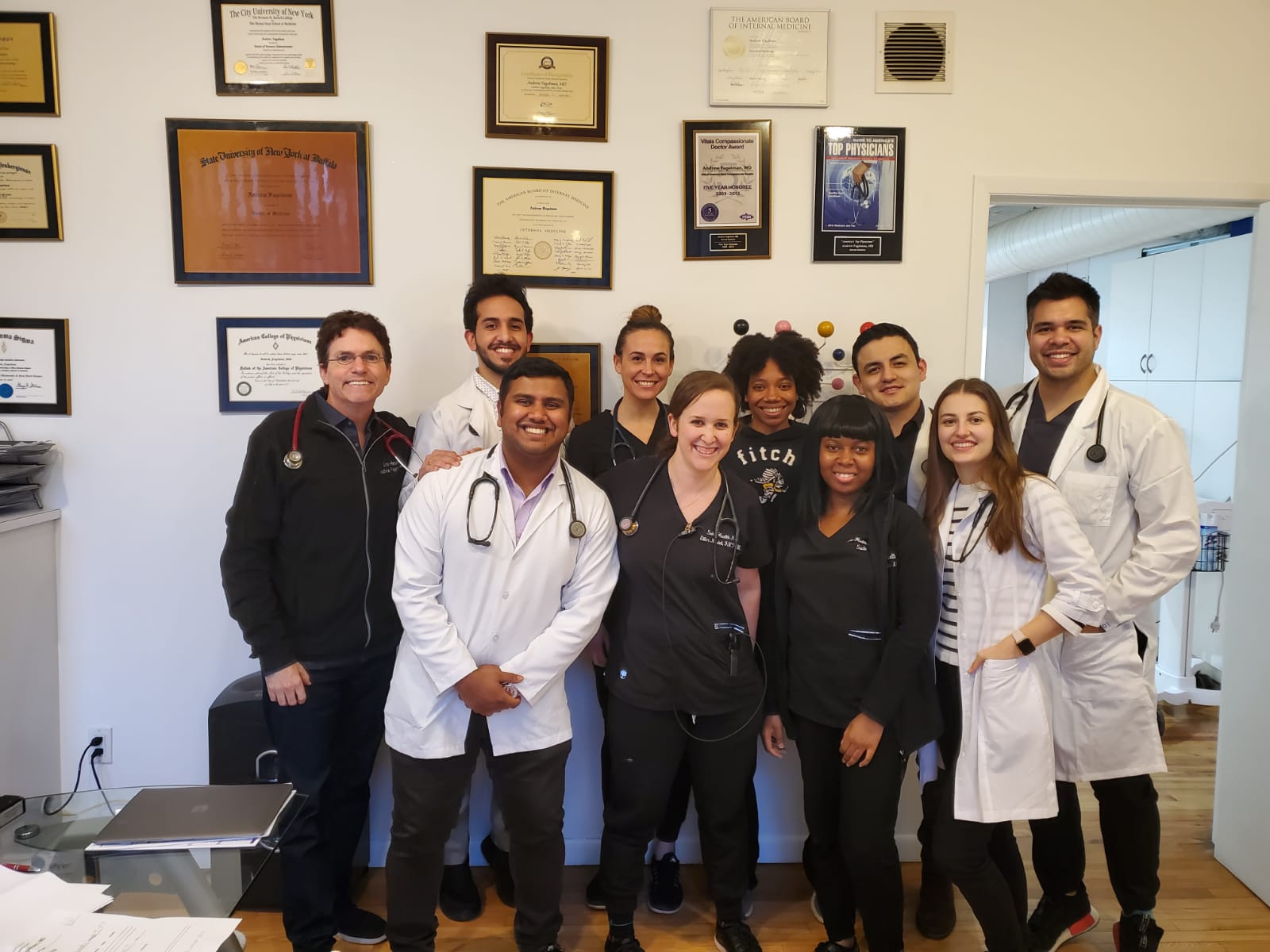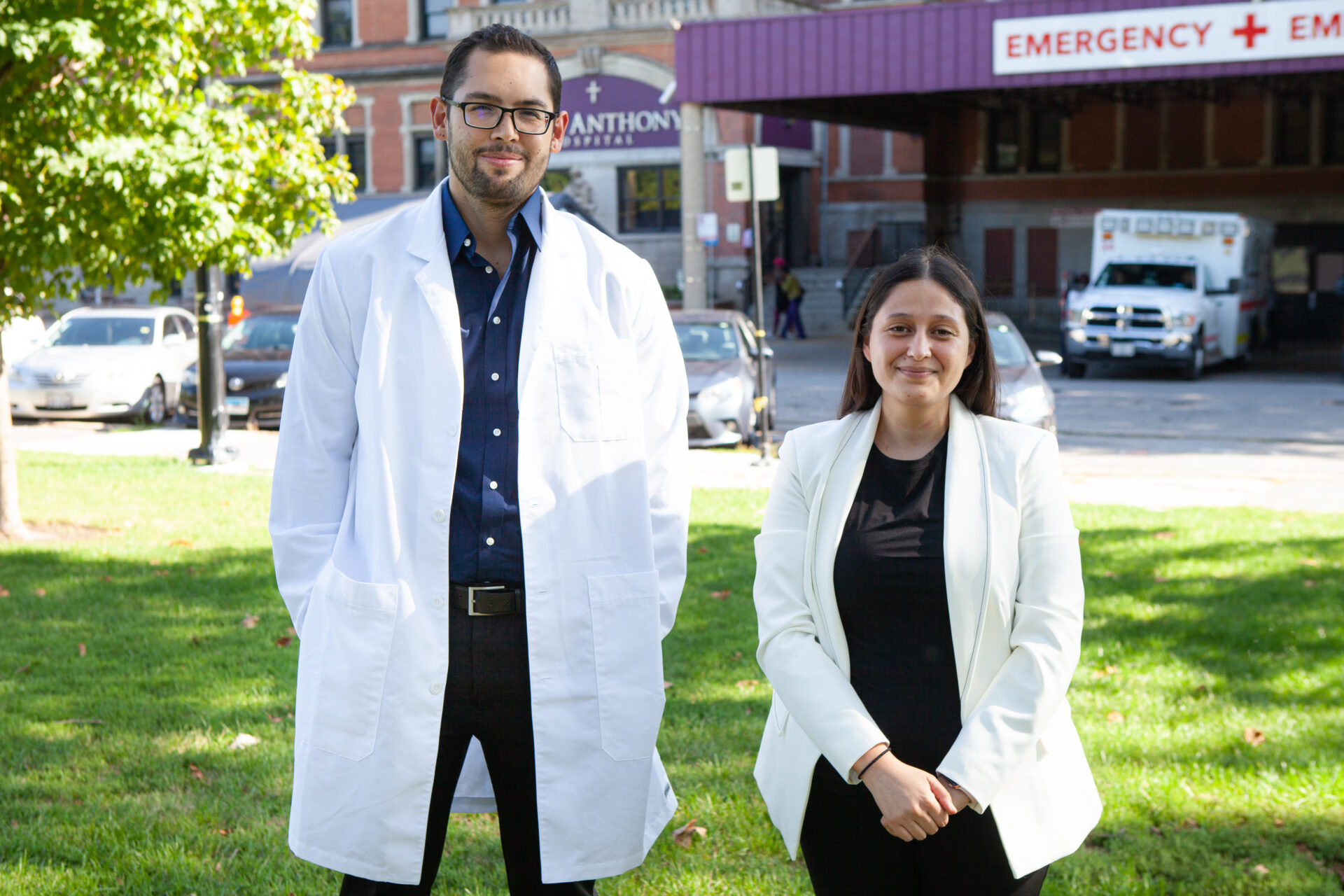Later this month, the American Medical Association (AMA) will be hosting the ChangeMedEd 2019 Conference in the city of Chicago. The purpose of this conference is to bring together medical institutions, companies, and individuals working to change the way medical education is taught now and will be taught in the future. AMO was recently featured on AMA for our unique rotations which are specifically for international medical students, graduates, and professionals. We will be representing AMO and our vision for equality in medical education at this conference.
For the next two weeks our blog will maintain a focus on the future of medicine and medical education as it is concerned with the improvements that have been made and are still being made as they relate to racial, national, socioeconomic, and gender equality, in alignment with the upcoming conference. Continue reading below to find out why, even though medical education institutions in the U.S. have increased the number of racially diverse students, there is still work that must be done.
The Race Towards Diversity
During 2009, the Liaison Committee on Medical Education (LCME) introduced a new set of standards which would require medical institutions to obtain certain levels of diversity in order to maintain accreditation, failure to meet such levels would result in review by the board and subsequent changes in an institutions accreditation.
Since the implementation of these requirements, there has been mixed results in the makeup of the student body with the number of Latino and Asian students and applicant increasing, and the number of Black students and applicants decreasing. Despite these changes, the majority of medical students in 2017 were white, representing just under 60 percent of the student body.
The reason for this increase in diversity has been attributed to hard rules which have turned what were considered to be “suggestions” for increasing representation into “requirements.” With this change, incentives for diversifying the student body have been replaced with punishment if such standards are not met.
Despite initial improvements, there are still many steps educational institutions must take to support a more diverse student body. One way to help these students feel at ease is to have a faculty which is representative of the student population. According to one article this top down approach is something that will help students to feel less like their attendance is a to appease an accreditation requirement and more that it is out of a genuine desire to change the build and culture of the institution.
For more information on how medical education is becoming diversified, check Part 2 on the globalization of medical education and Part 3 on socioeconomic diversity.
Are you a medical professional in the U.S. interested in helping to create equal representation in the healthcare industry? If so, hosting a clinical rotation for international medical students and graduates with the help of AMO, could be a great experience. To learn more about becoming a host click here.







[…] Part 1 and Part 2 of our ‘Medication Education Present and Future’ blog series focused on racial representation and the globalization of medical education, respectively. This post features representation of socioeconomic status (SES) in medical students. It is common knowledge future financial status of these individuals is large amounts of debt in cured through extensive schooling, followed with even larger paychecks once they become physicians. Often overlooked is the lack of diverse social classes represented in this population. Continue reading to learn about current SES trends in medical school and what changes can be made to diversify the student body. […]
[…] 2019 Conference, our blog will be covering various aspects of diversity in medical education. Part 1 of this series covered racial representation within U.S. medical schools. This post will cover how […]